
Why Some People’s Skin Turns Red When Drinking Alcohol

Many of us are familiar with that warm, relaxed sensation that comes after enjoying a glass of wine or a cocktail. Alcohol has long been associated with loosening inhibitions and creating a carefree mood. But for some people, that mellow buzz is accompanied by an unexpected — and often uncomfortable — side effect: bright red cheeks or a flushed face after just a sip or two.
If you've ever turned beet-red after drinking alcohol, you're definitely not alone. Now, medical experts are shedding light on why this happens — and what that rosy glow could be signaling about your health.
The "Alcohol Flush" Reaction: More Common Than You Think
Approximately 540 million people worldwide experience alcohol-induced facial flushing. That’s more than half a billion individuals — many of whom may brush off the redness as a simple quirk or minor embarrassment.
But while it might seem like nothing more than a harmless blush, doctors say alcohol flushing can point to a more serious issue with how your body processes alcohol — and could be an early warning sign of potential long-term health risks.
What’s Actually Causing the Redness?
When alcohol enters your body, your liver gets to work processing it. Under normal circumstances, your liver breaks down ethanol (the active ingredient in alcohol) into a toxic compound called acetaldehyde, and then rapidly converts that into acetate, a harmless substance that your body can safely eliminate.
However, people who experience alcohol flushing often have a genetic mutation that disrupts this process. Specifically, they have a deficiency in the ALDH2 enzyme, which slows down the conversion of acetaldehyde into acetate.
As a result, acetaldehyde builds up in the bloodstream — and that's when the problems begin.
This toxic buildup triggers a histamine-like reaction, causing symptoms such as:
-
Flushed or red skin (especially on the face and neck)
-
Rapid heartbeat
-
Nausea or dizziness
-
Headaches
-
Warmth or tingling in the skin
The most noticeable sign is the dilation of blood vessels in the face, leading to that telltale red or blotchy appearance — particularly prominent in people with lighter skin tones, though it can affect anyone.
Is It Dangerous? Unfortunately, Yes
While many people view alcohol flushing as just a minor side effect or cosmetic concern, experts warn that it can actually be a red flag for serious health risks.
Acetaldehyde is a known carcinogen, meaning it can increase your risk of certain cancers. In particular, people with alcohol flush syndrome have a significantly higher risk of developing esophageal cancer — one of the most deadly forms of cancer with a low survival rate.
Other potential health risks include:
-
High blood pressure
-
Liver damage
-
Heart disease
-
Gastrointestinal issues
-
Increased alcohol sensitivity over time
Even short-term symptoms like rapid heart rate and dizziness can put strain on the cardiovascular system and lead to dangerous situations, especially if alcohol is consumed regularly or in large amounts.
Can You Prevent Alcohol Flushing?
Because alcohol flush syndrome is genetic, there is currently no permanent cure. The most effective way to prevent it is simply to avoid alcohol altogether.
Some individuals try to reduce the redness by taking antihistamines before drinking. While this may temporarily mask the symptoms, it doesn’t prevent the accumulation of acetaldehyde or reduce the associated health risks. In fact, masking symptoms could make the situation more dangerous by encouraging continued drinking.
Health professionals caution against using medications to suppress these signals. Instead, they recommend:
-
Limiting or avoiding alcohol
-
Choosing low-alcohol or non-alcoholic beverages
-
Listening to your body’s response to alcohol
Why More People Are Saying "No" to Alcohol — Not Just in January
For those who experience flushing, the discomfort alone is often enough to cut back on drinking. Many also participate in initiatives like Dry January, a month-long alcohol-free challenge that has become popular worldwide.
But the benefits of taking a break from alcohol go far beyond avoiding facial redness.
According to research from the University of Sussex, people who participated in Dry January reported:
-
Improved sleep quality
-
Higher energy levels
-
Better mental clarity
-
Healthier skin
-
Improved mood and emotional balance
-
More control over their drinking habits even six months later
Dr. Richard Piper, CEO of Alcohol Change UK, shared in an interview with the Liverpool Echo:
“Dry January offers the opportunity for a total reset. Sleep better, have more energy, improve your mental health, and get brighter skin — all while saving money and feeling a great sense of achievement.”
Some people go even further, turning Dry January into a longer-term or even permanent lifestyle shift.
Final Thoughts: Listen to Your Body
If your face turns red after drinking alcohol, it’s not just a quirky reaction — it’s your body sending a clear message that it’s struggling to metabolize what you’re consuming. While everyone reacts differently to alcohol, flushing is one of the clearest signs that your body is under stress.
Ignoring that message could increase your risk of developing serious health issues later in life. Even if you don’t experience flushing, it’s important to remember that alcohol affects nearly every system in the body, and no amount is entirely risk-free.
The bottom line? Pay attention to your body’s signals, make informed decisions about your alcohol intake, and consider taking breaks like Dry January — or creating your own alcohol-free challenges throughout the year — to reset your relationship with drinking and support your long-term health.
News in the same category


A Scientific Look at Oregano’s Role in Supporting Wellness

Scientists discover ‘stealth bacteria’ from your mouth are hiding in your arteries and triggering heart at:tacks
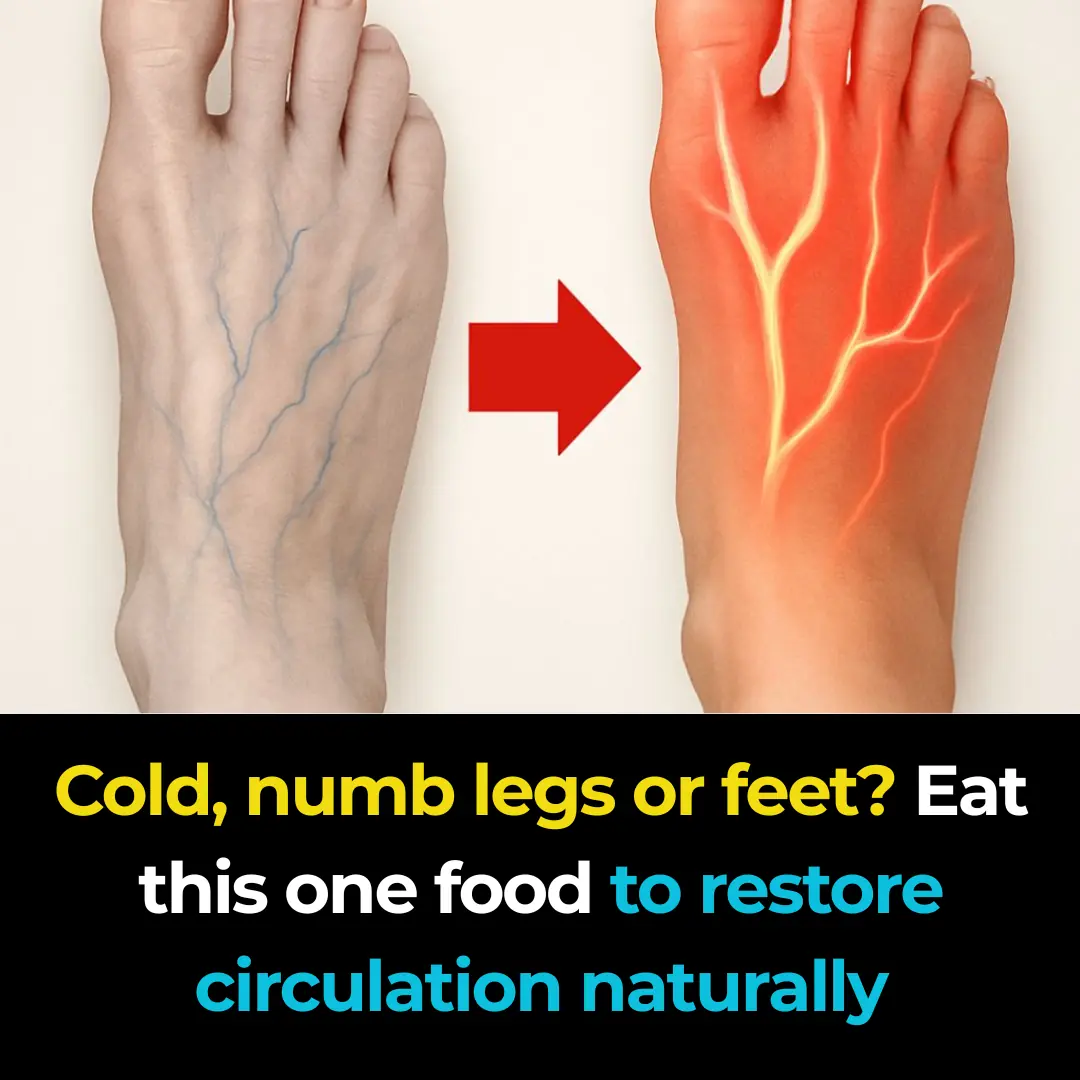
Cold, numb legs or feet? Eat this one food to restore circulation naturally

Tomato Extract: Better And Safer B::lood Thinner Than Aspirin
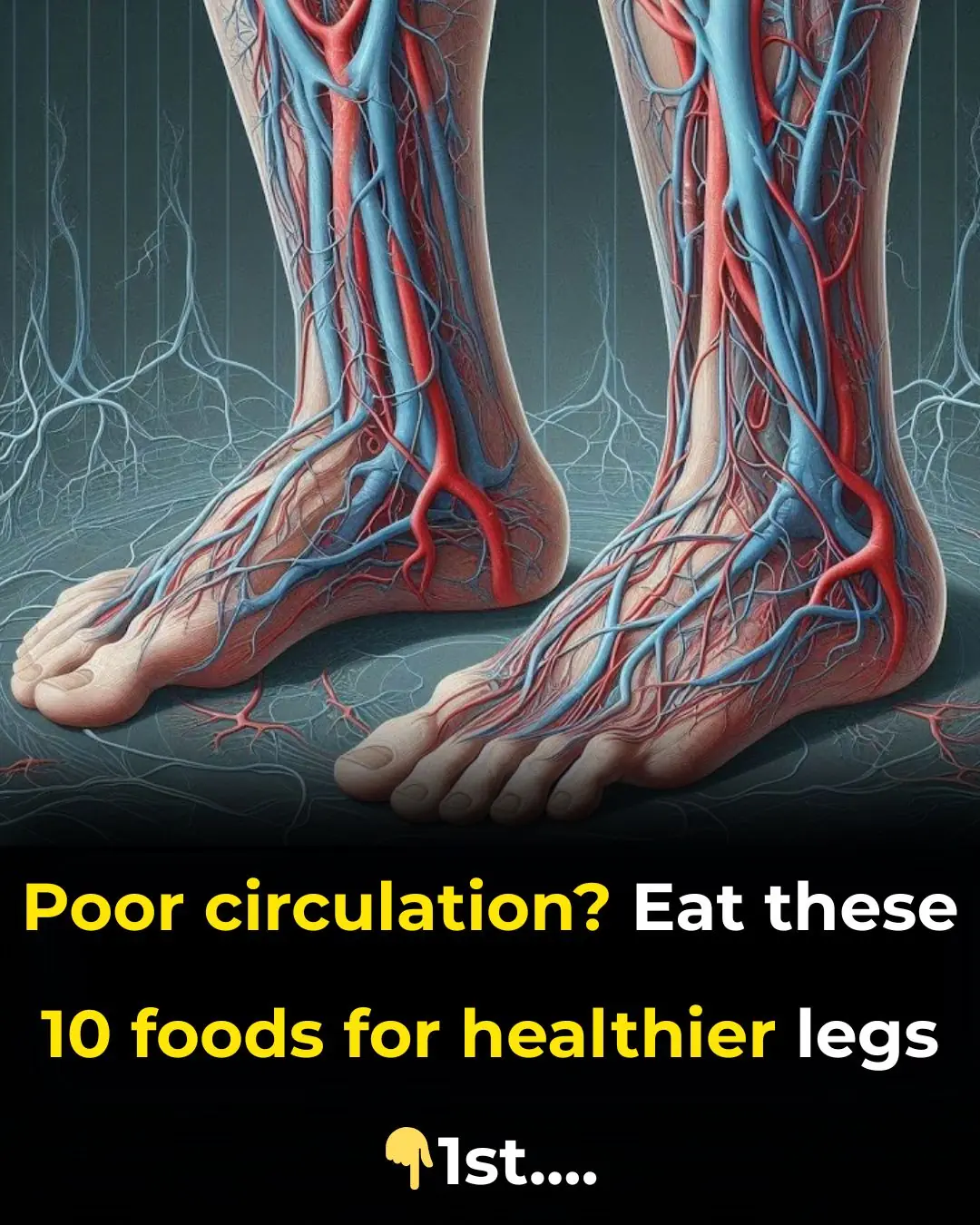
Top 10 foods that improve blood circulation in legs
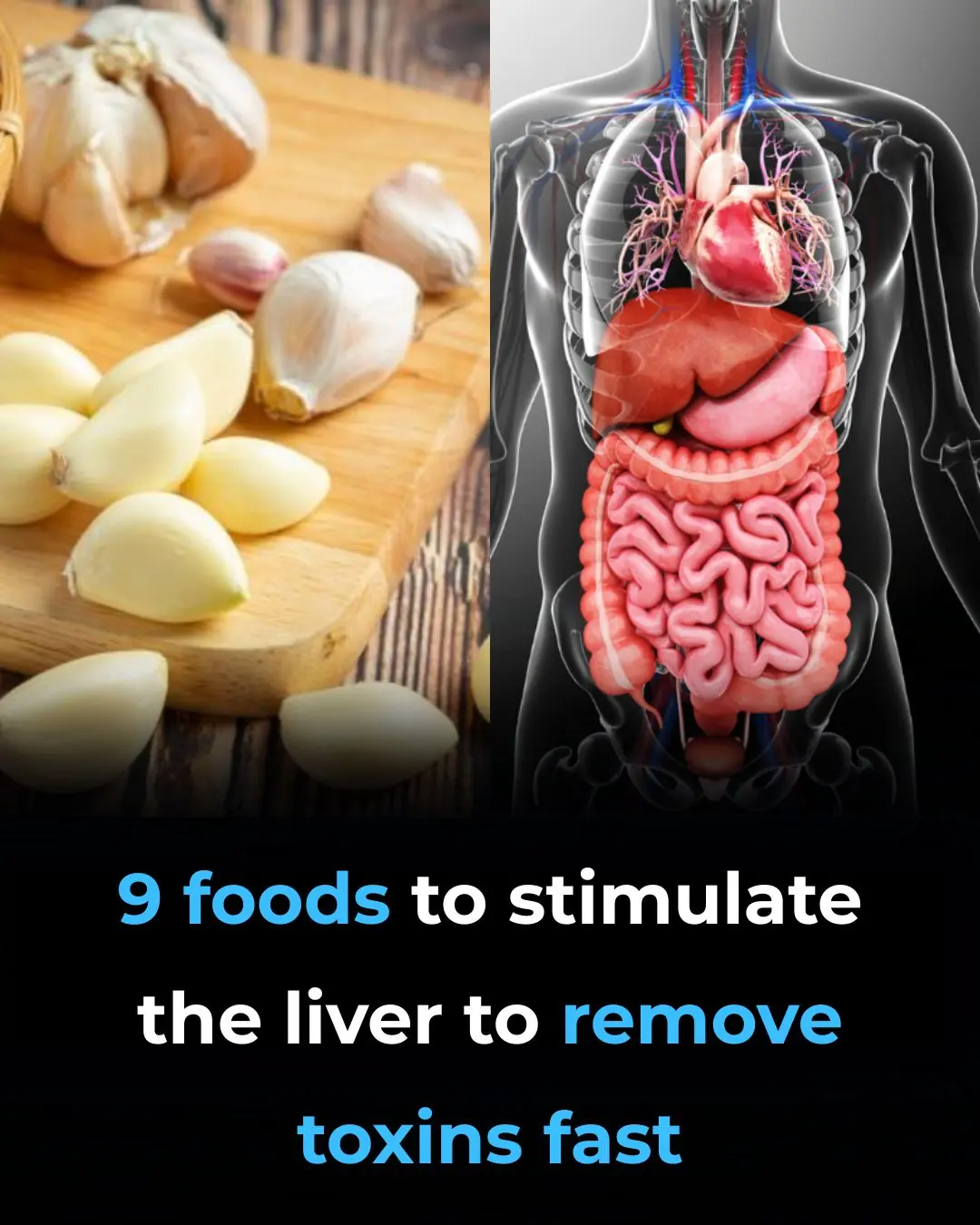
Foods to Stimulate the Liver to Remove Toxins Fast
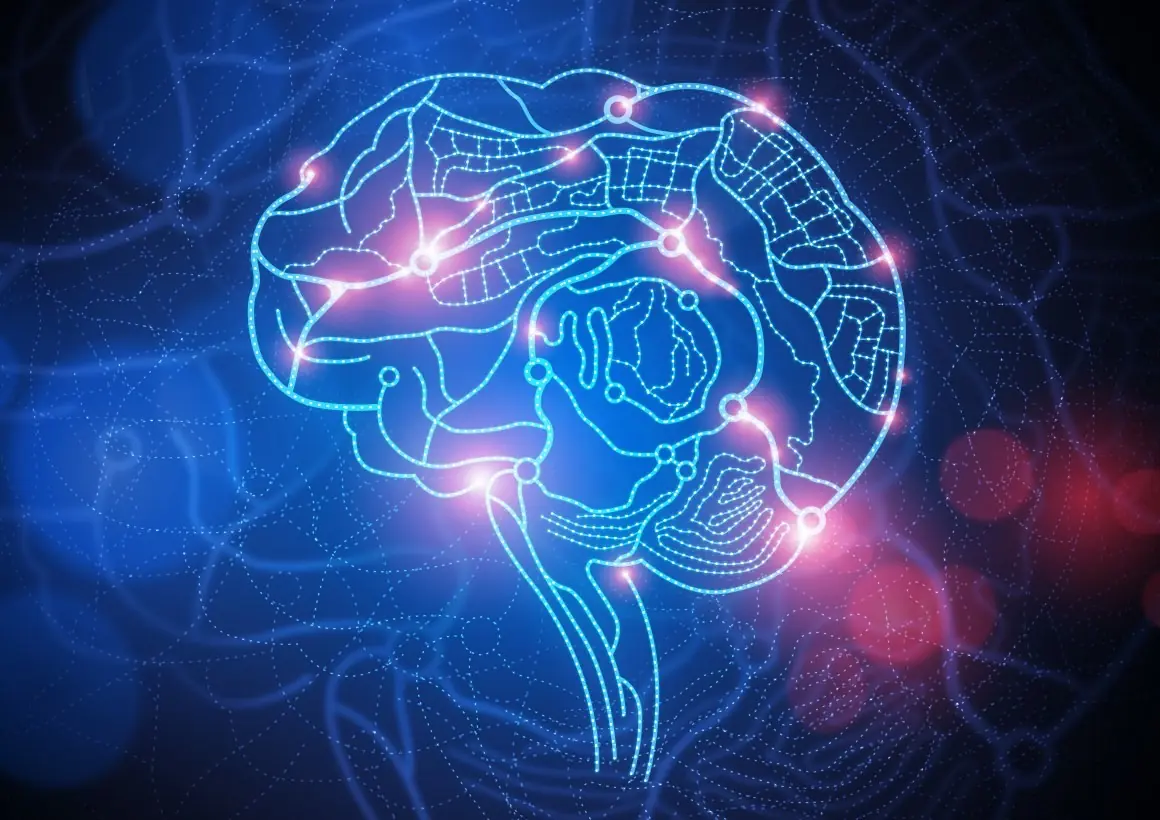
Things That No Longer Appeal to People With High IQs as They Age

10 Strange Habits of Highly Intelligent People That Others Just Don’t Understand, According to Psychology
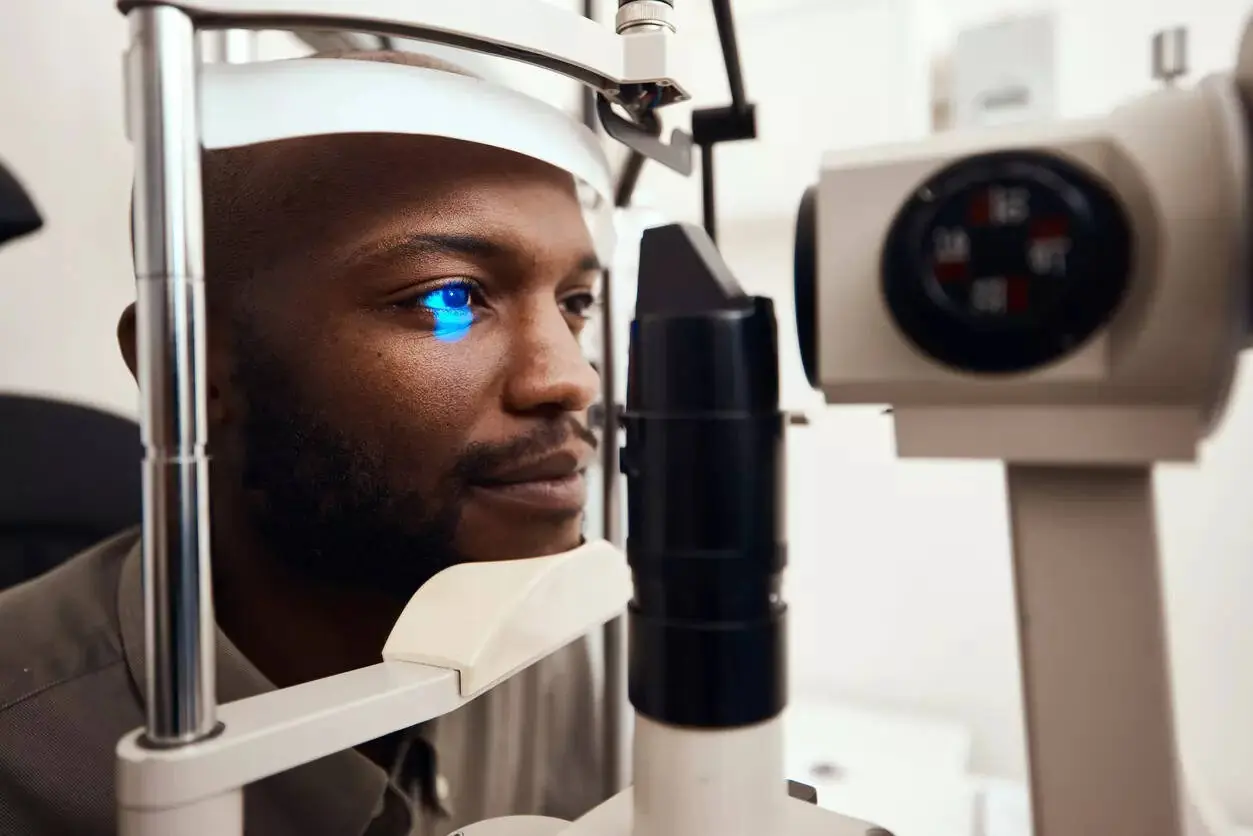
Laser-Free Eye Surgery Could Correct Vision With Electrical Currents

Children Who Are Hugged Often Have Stronger Immune Systems, Studies Show

Why Charging Your Phone Overnight Might Be a Bad Habit
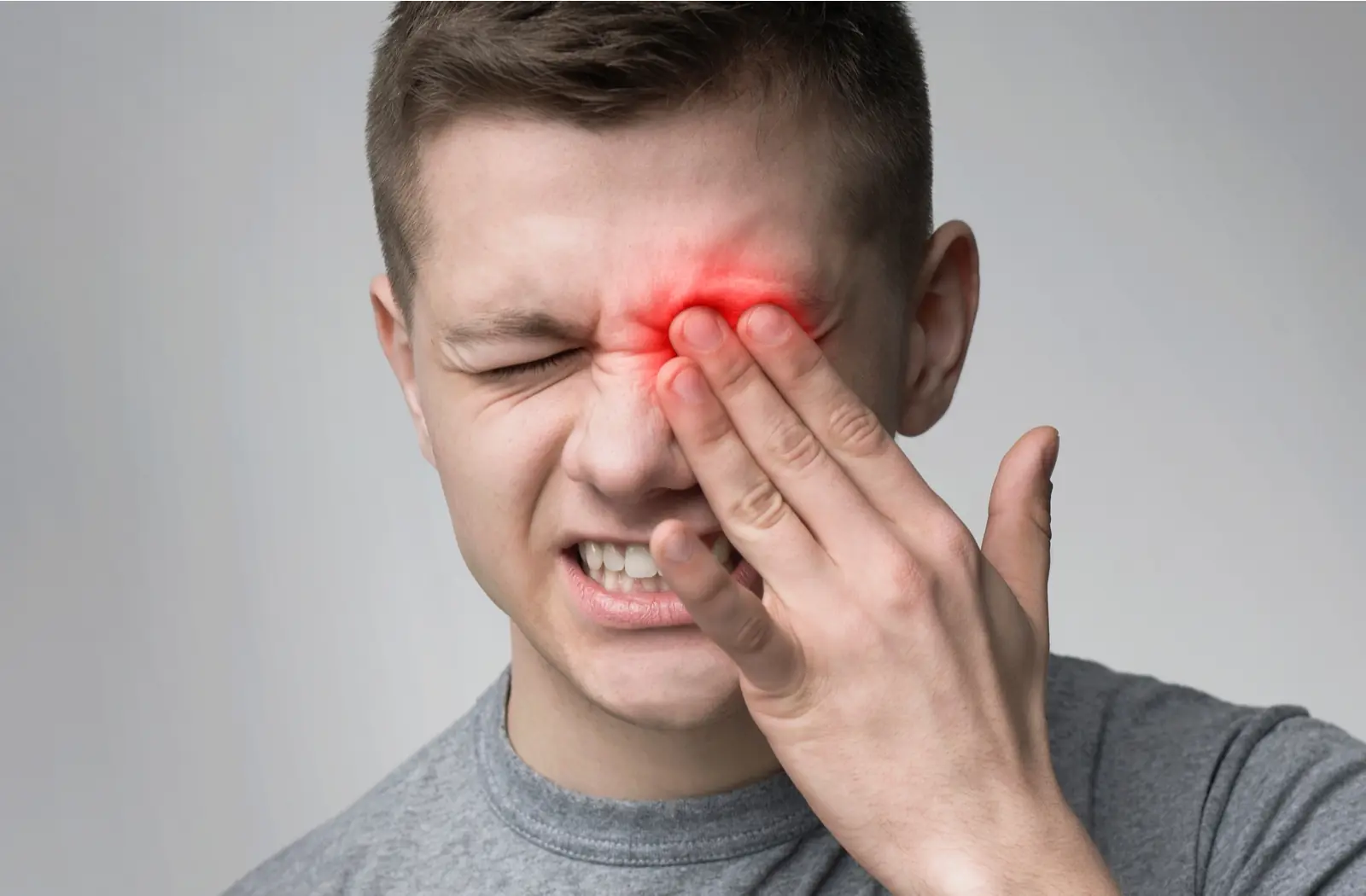
Blurred Vision in One Eye and a Headache: Don't Ignore These Warning Signs

Why a Hard-Boiled Egg Before Bed Could Be a Game-Changer for Sleep and Metabolism
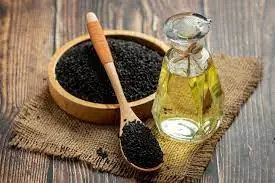
Proven Health Benefits of Black Seed and Black Seed Oil

1 cup that instantly wakes your kidneys up and strengthens them naturally
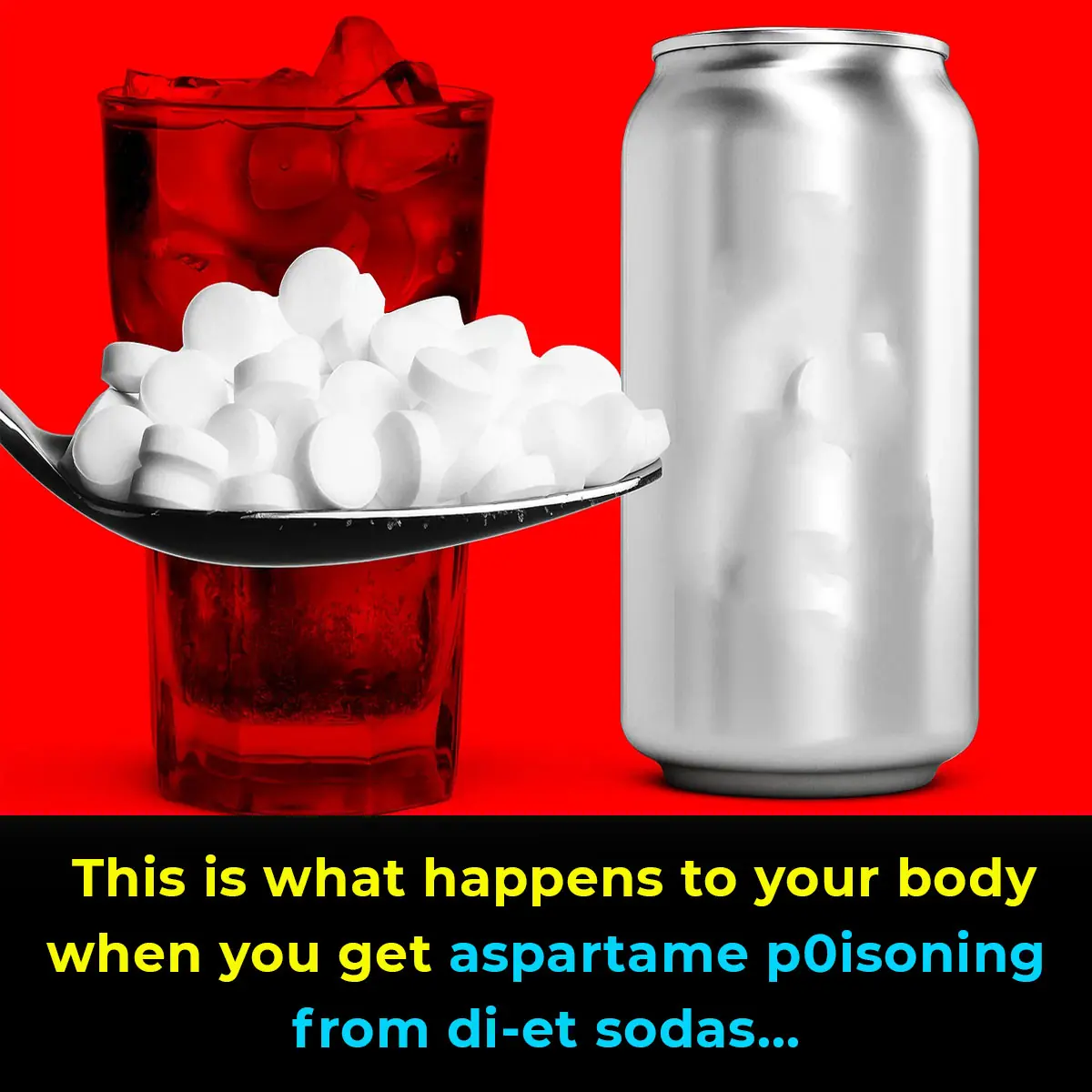
This Is What Happens To Your Body When You Get Aspartame Poisoning From Diet Sodas
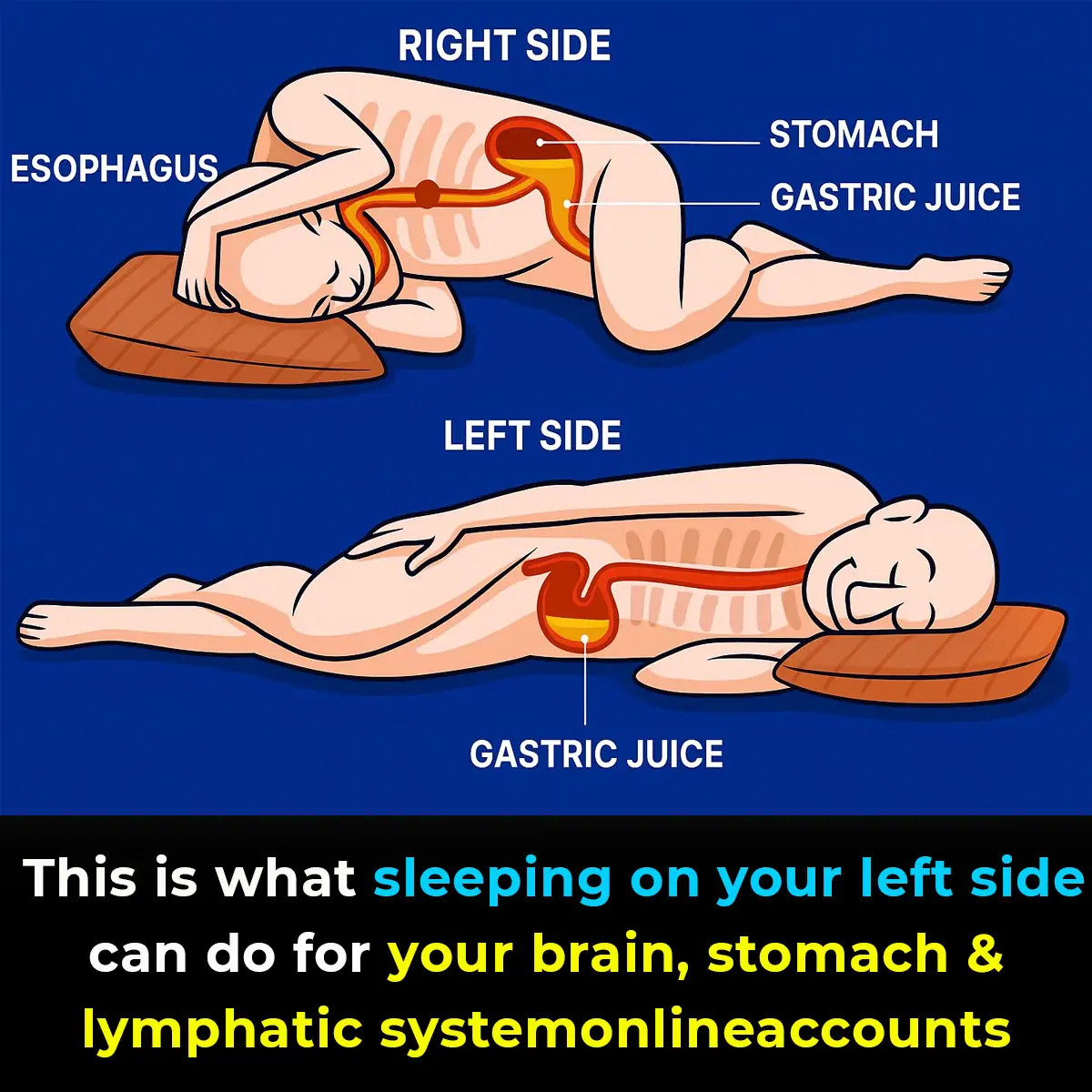
This is what sleeping on your left side can do for your brain, stomach and lymphatic system

Kissing Bug Bites: Silent Home Invaders Spreading Hidden Health Risks
Summer is a season of sunshine, fun, and outdoor adventures—but it also attracts some unwelcome guests. Alongside mosquitoes and ticks, another insect is drawing concern: the kissing bug. Despite its gentle-sounding name, this creature poses a very real
News Post

How surgeon who amputated his own legs was caught as he's sentenced to 32 months in prison

PlayStation handing out rare refunds to gamers over popular new game

🌿 17 Health Conditions That May Benefit from Guava Leaf Tea + Easy Homemade Recipe
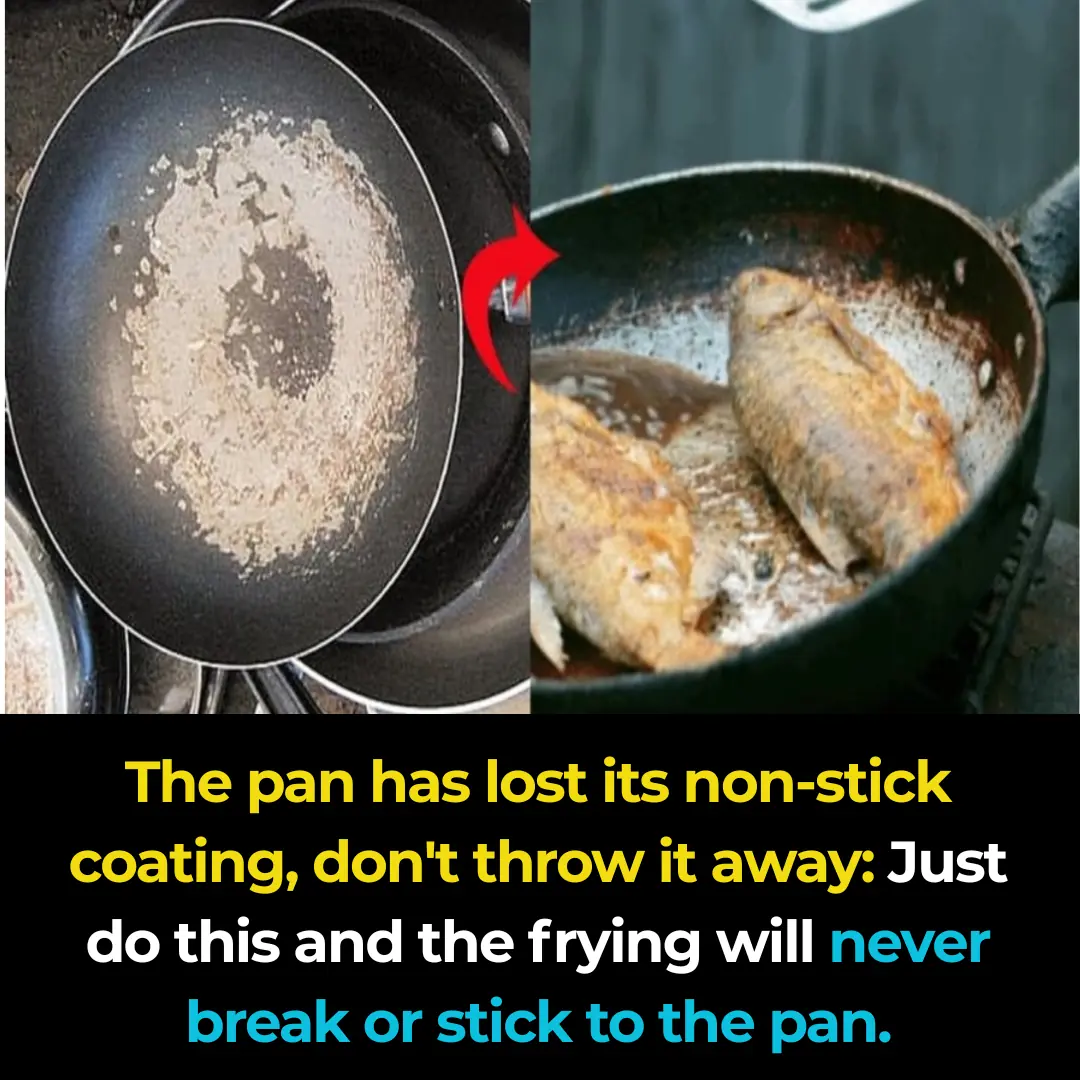
If your non-stick pan has lost its coating, don't rush to throw it away: Just do this, and you can fry and cook without it sticking or falling apart.
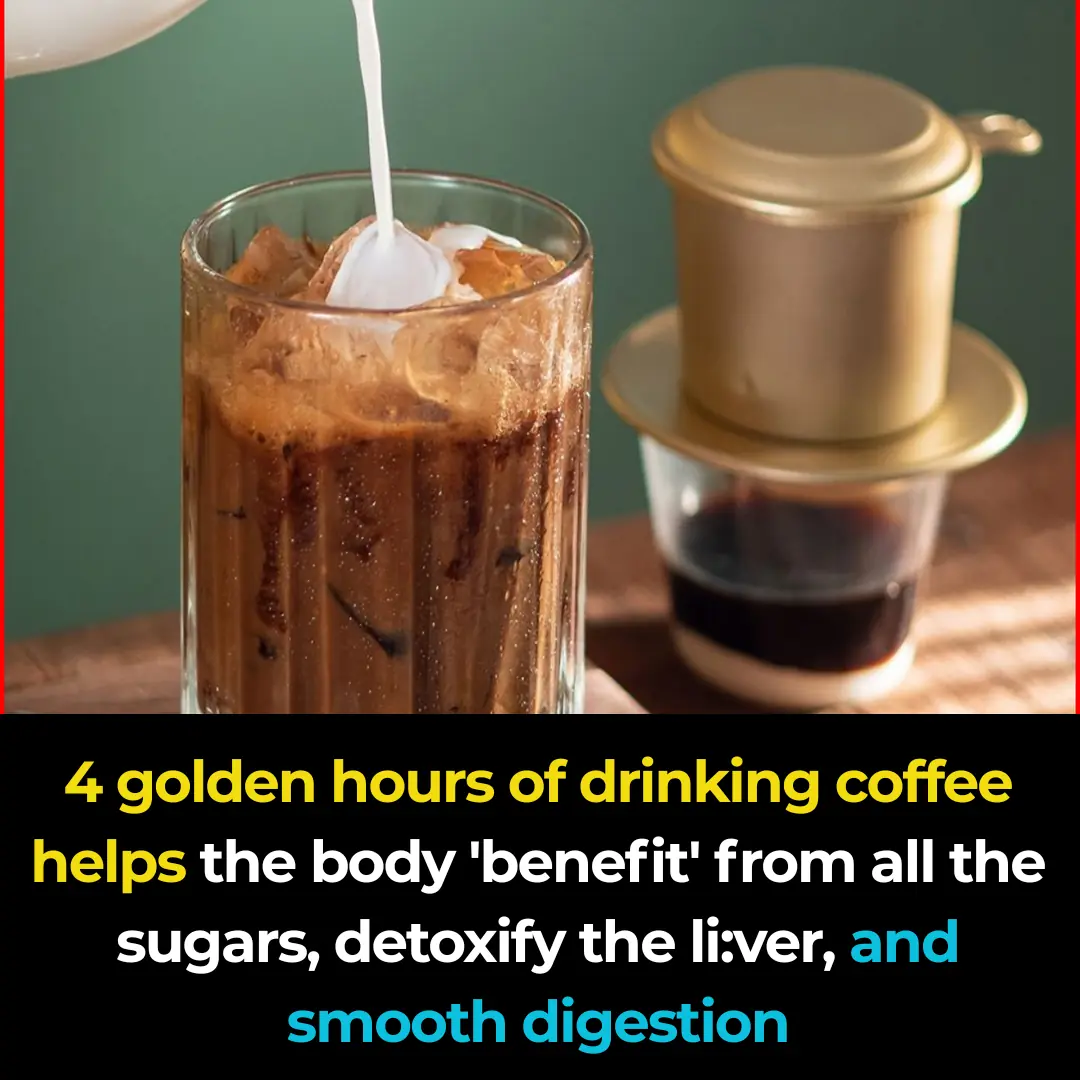
The golden 4-hour window for drinking coffee helps your body gain maximum benefits: detoxifying the li:ver and promoting smooth digestion.
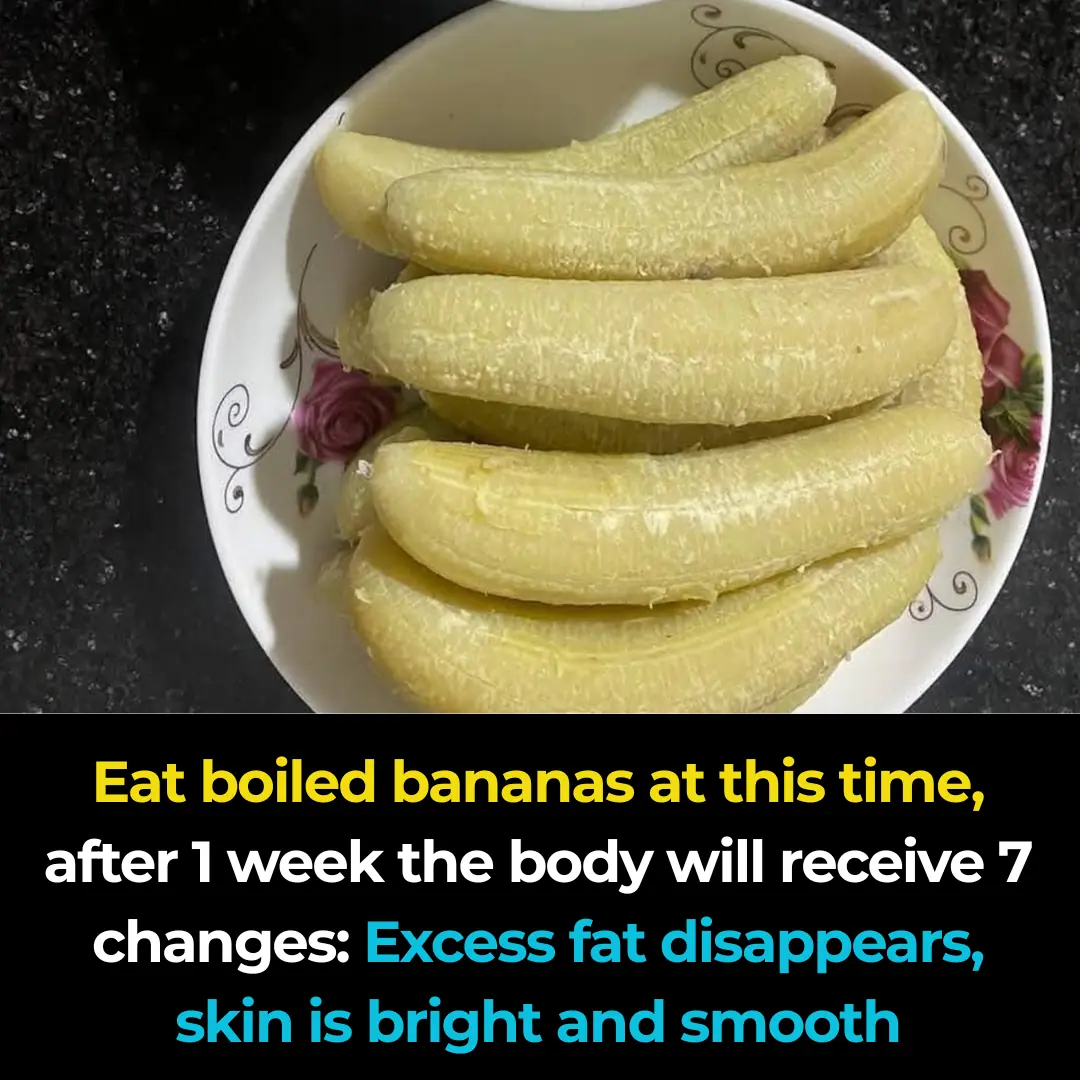
Eating boiled bananas at this time, after just 1 week, your body will experience 7 changes
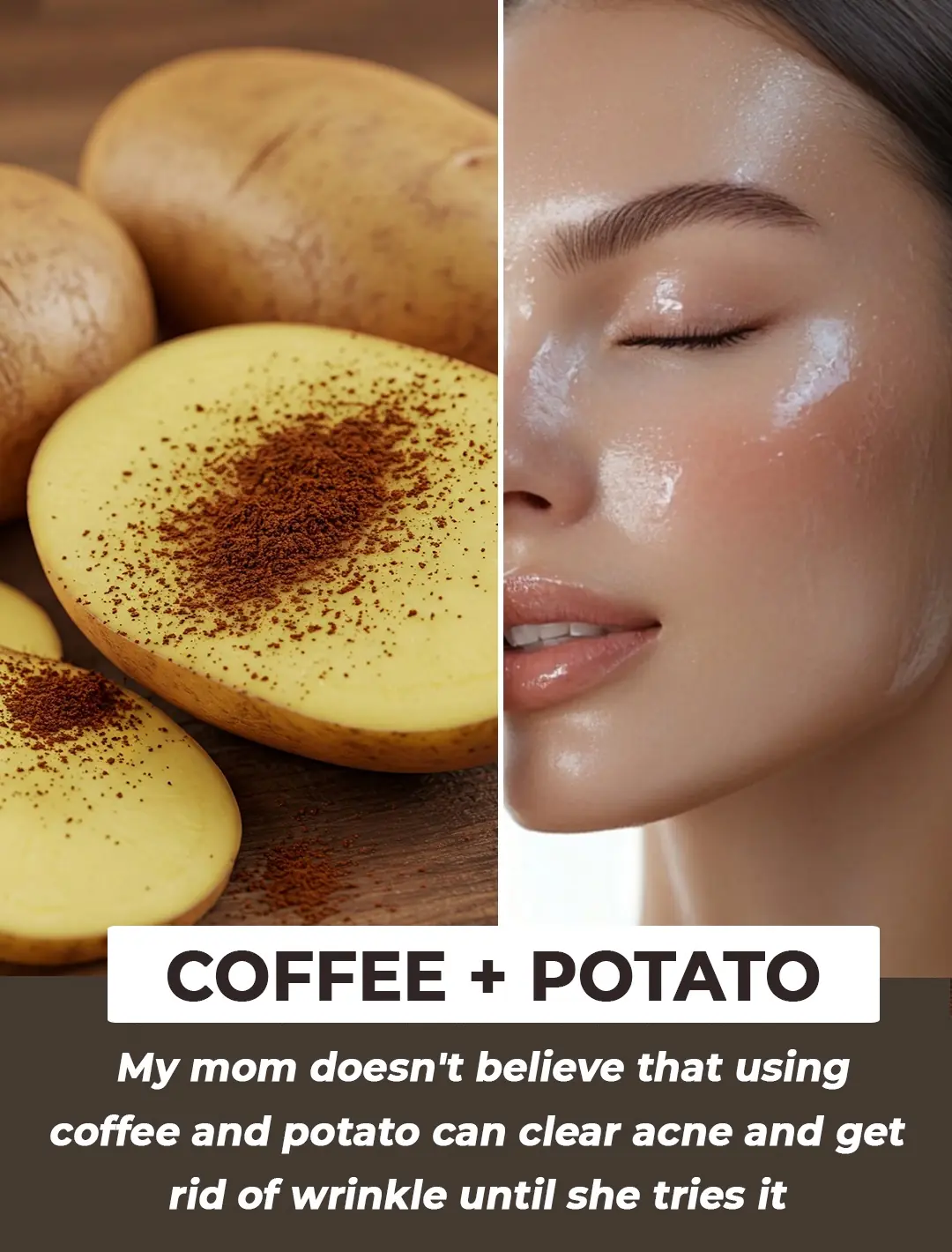
Add potato to coffee to get rid of wrinkles in just 1 week

Homemade Rice water & Methi Dana Toner for Glowing Skin

The DIY anti-ageing cream that is very effective to get rid of wrinkles and fine lines on your face

Herbal Remedies for Strong, Lush Hair: Easy Recipe Everyone Can Make At Home

Flaxseed Gel for Wrinkles: The Natural DIY Solution for Smoother, Youthful Skin

10 Tomato Slice Skincare Remedies for Wrinkles, Pores, and Glowing Skin: Natural DIY Treatments
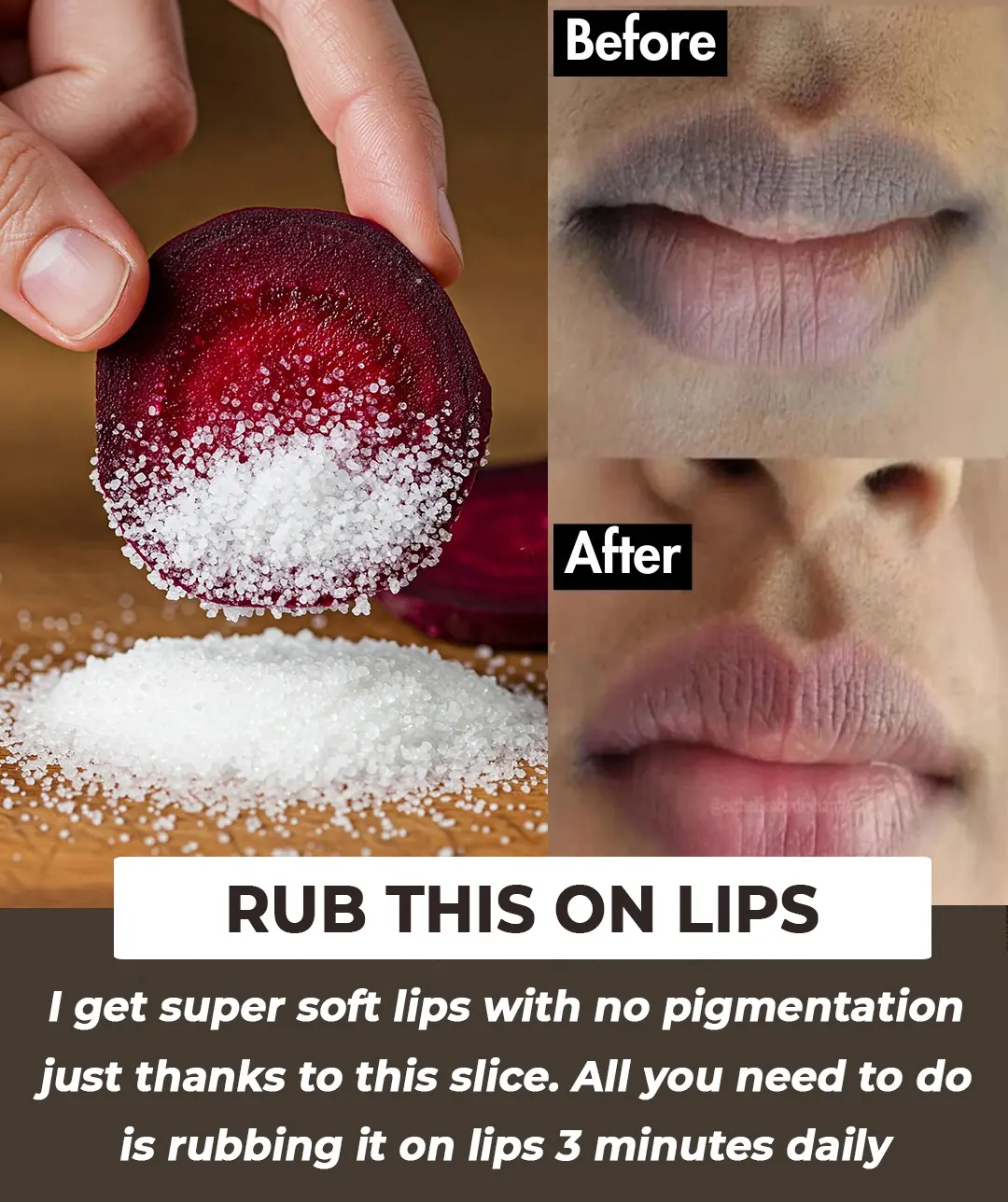
Super Effective DIYs to Achieve Soft, Pink, and Perfect Lips

A Scientific Look at Oregano’s Role in Supporting Wellness
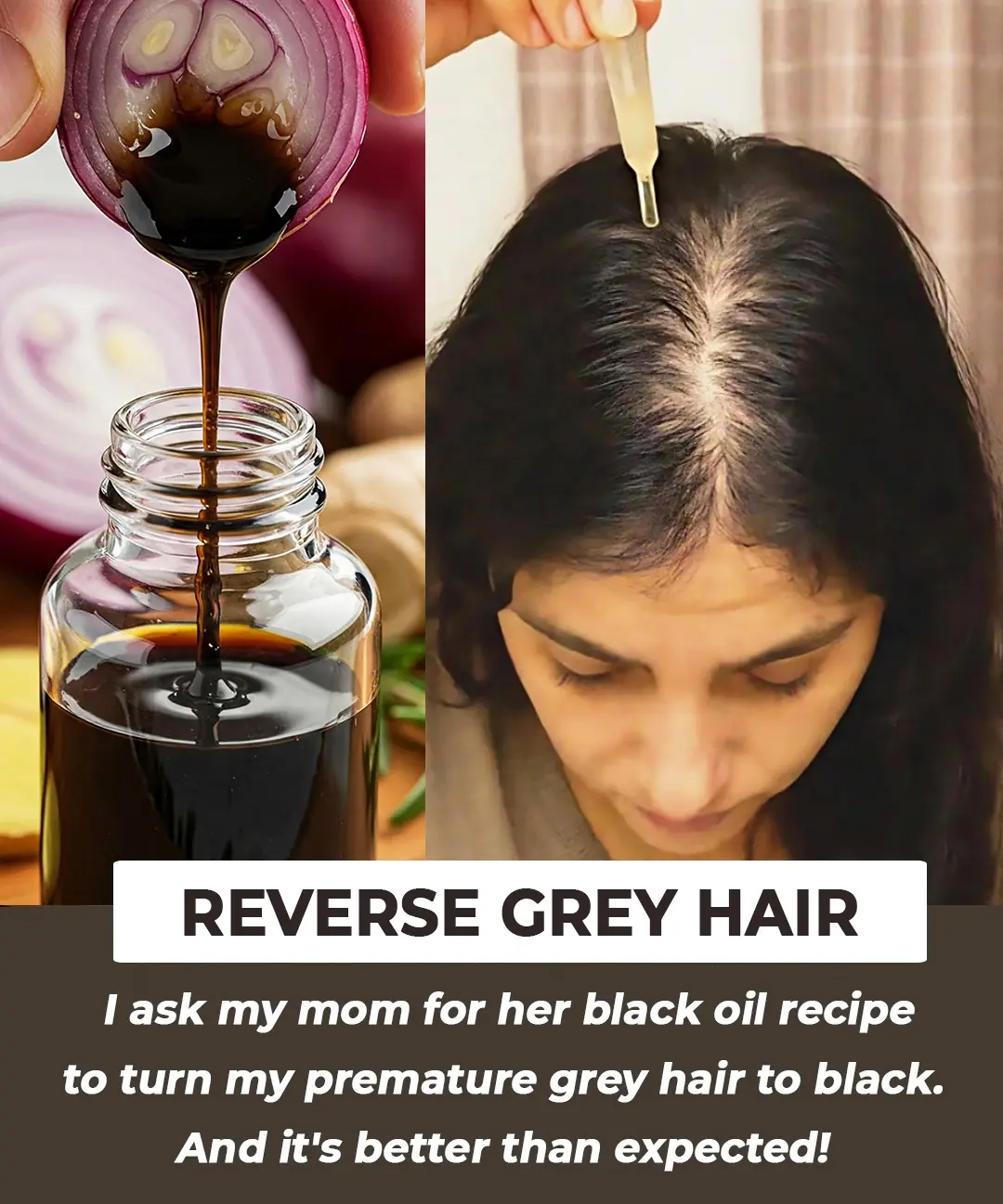
Reverse Hair Greying Naturally: Effective Treatments and Remedies for Restoring Hair Color

The Incredible Benefits of Plantago lanceolata and How to Use It
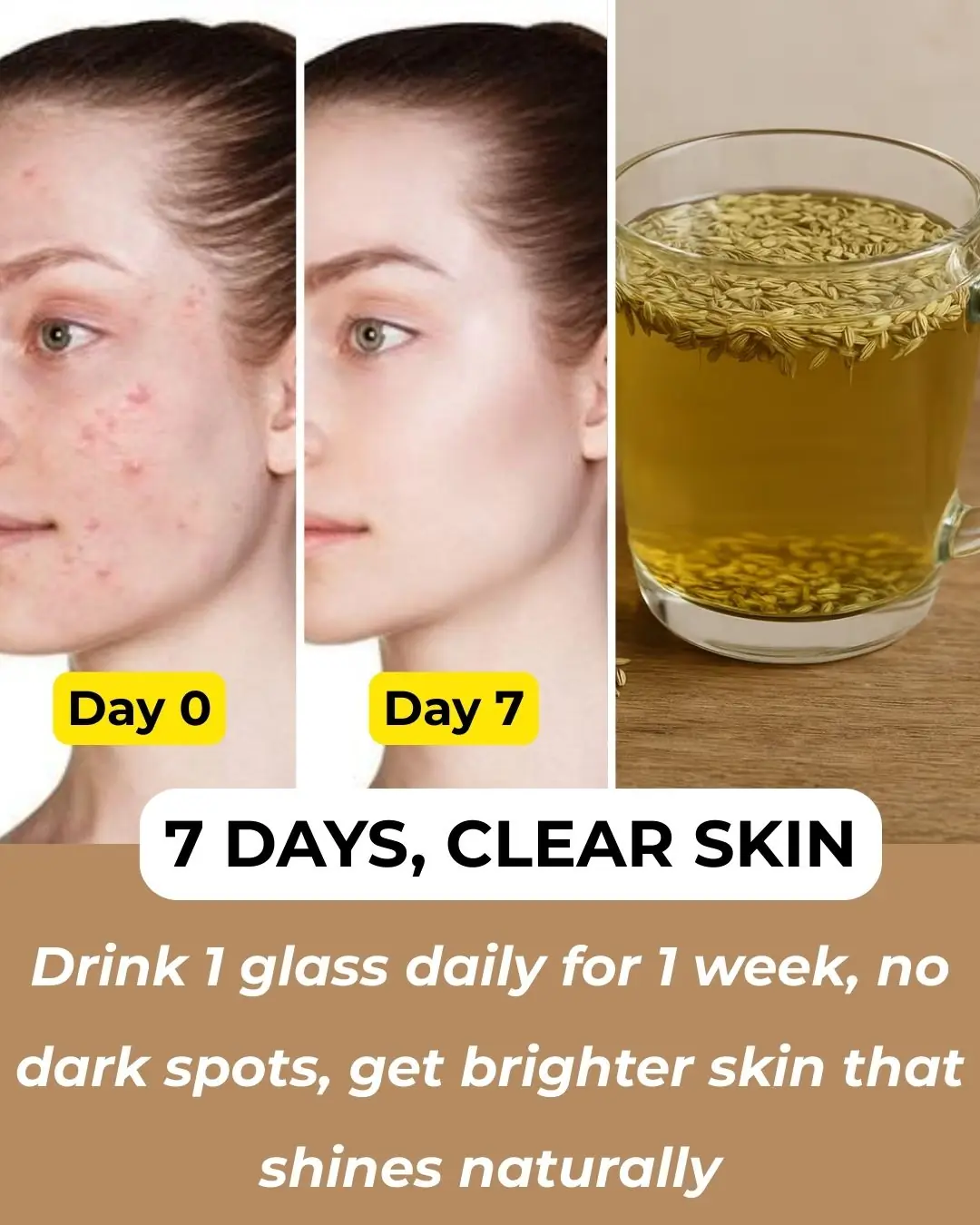
CCF Detox Drink For Glowing Flawless Skin

Exploring the Health Benefits of Common Mallow: A Nutritional Powerhouse

Cyperus Rotundus: The Ancient Herb with Modern Healing Power
